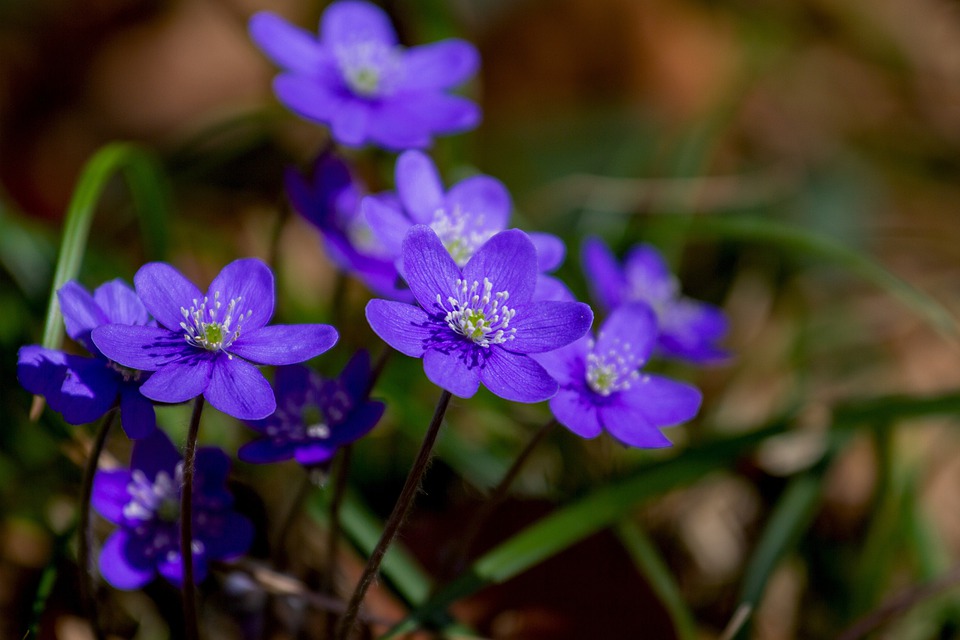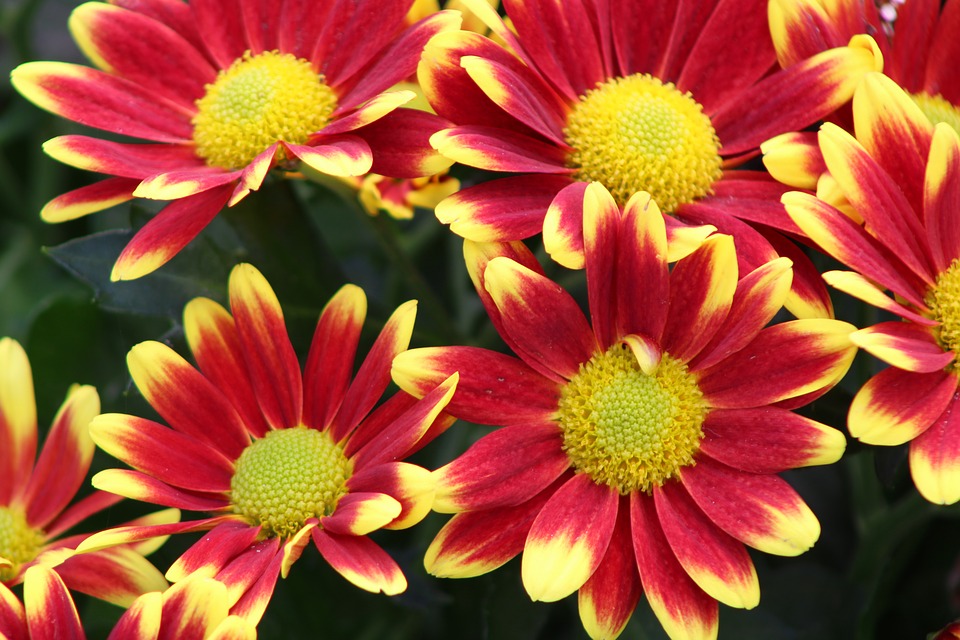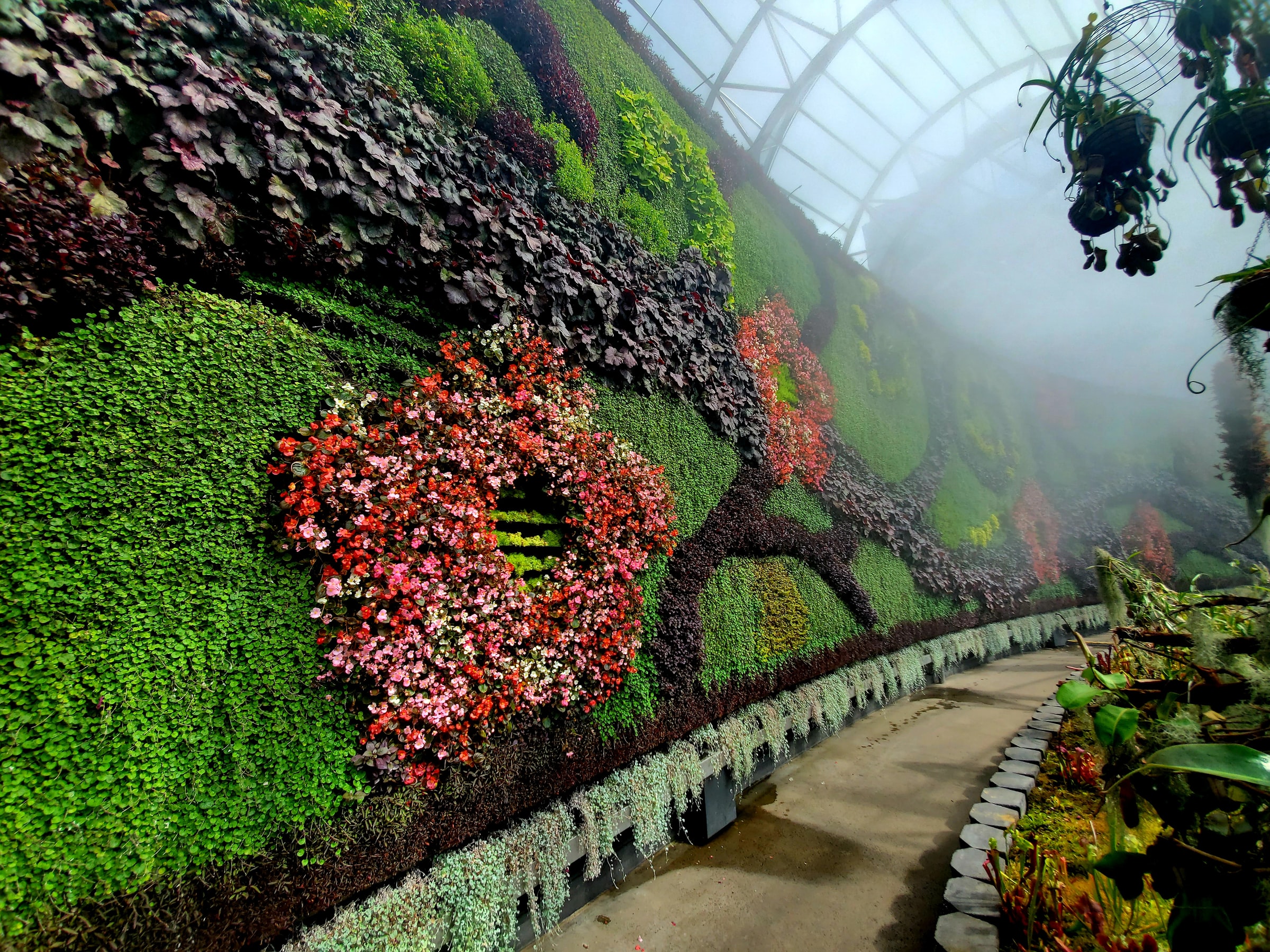Cultivated in Greece and Rome for its good fragrance, violet is very popular every year. As the plant symbolizes memory, it is often planted as a token of love. Its cheerful color makes it a popular choice in the garden. Learn more about violets and plant them in your garden or in pots on your balcony or terrace!
Annual or Perennial
At first glance, they look like fragile plants, but they are not. Violets are quite hardy. It is not strong enough to withstand prolonged frosts but can tolerate a sudden overnight chill well. The varieties often sold as garden plants are usually annuals. However, some varieties flower for two or more years. In fact, all types of violets can enjoy their beautiful appearance for a long time, from early spring to late autumn.
Violet Family
Violets come in various shapes and sizes, and there are good monochromatic and multicolor varieties. When buying violets, choosing between small-flowered and large-flowered varieties is best. Both plants belong to the violet family, of which there are about 800 species worldwide. For example, miniature violets have small flowers, such as the light blue violet “Baby Lucia” and the yellow violet “Baby Franjo”. Both are perennials, 10-12 cm tall, with tiny flowers. The Viola × wittrockiana blooms for only one season but is very inexpensive and comes in various colors. This type is relatively large (15-23 cm), and its flowers are ephemeral. If you are looking for a dark purple variety that is almost black, choose Viola Bowles Black.
Indoor Violets
If you want to keep your violets indoors, Cape violets are a good choice. Combine them with other spring flowers for a lovely arrangement in the dining room or on an outdoor garden table. Choose a decorative vase or pewter bowl and fill it with grape hyacinths, bluebells, and violets in blue, white, or purple. Violets also pair perfectly with birch bark and moss. They are ideal for decorating windowsills, greenhouses, balconies, and wooden ladders in the garden. It is also wonderful to fill a wooden box with your favorite color and place it on your front porch. A warm welcome for guests.

A Garden Full of Violets
Violets in the garden stand out in spring among early bloomers such as daffodils, snowdrops, and crocuses. Of course, the violets also look good fringed with a variety of colored violets. An advantage of violets is that they rarely freeze in winter. This is especially true now that we often have mild winters. Even if the plants droop in winter, they are not dead. In the spring, they will flower again and produce flower buds. Are there varieties that flower in the summer? And by planting after a frost, the frost will not grip the plant.
Gardening Tips For Violets
During many months of the year, we can enjoy colorful flowers. The condition is to use them with care. Here are some helpful hints:
- Plant pansies in loam or loose soil. Do not be too particular about the type of soil.
- Be sure to remove any dull or dead flowers. Otherwise, they will not flower.
- Keep the soil slightly moist, and do not let it dry out.
- They should be placed in a warm, sunny location but should be watered generously. Violets adapt well to partial shade.
- They should be watered often during dry periods, even in winter. Potted pansies are undoubtedly prone to drying out.
- Potted plants should be placed near the house or shed to avoid frostbite in winter.
Do you have any other tips? Do not hesitate to share it with us in the comments below!



